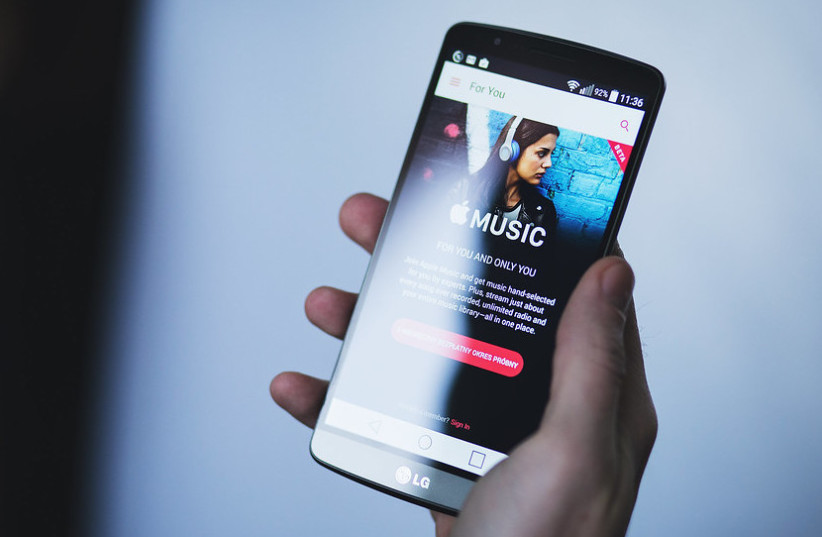Every day, an average of 24,000 new songs are released worldwide, or 168,000 new songs every week. People are drowning in choices. But this constant stream of options makes it difficult for streaming services and radio stations to choose which songs to add to playlists.
Predicting hits in entertainment is a long-standing problem. Predicting hit movies, for example, has been no better than a coin flip even after considering the director, the stars, the budget, the time of year of release, and whether the movie is a sequel. The hit-song science problem is a subset of research known as Hit Science, which seeks to predict whether entertainment content will be popular.
To find songs that will attract a large audience, these services have used human listeners and artificial intelligence. But this approach has only a 50% accuracy rate and does not reliably predict if songs will become hits.
Now, researchers at Claremont Graduate University in California have used a comprehensive machine-learning technique applied to brain responses that can predict hit songs with 97% accuracy.
“By applying machine learning to neurophysiologic data, we could almost perfectly identify hit songs,” said economic sciences and psychology professor Paul Zak, a senior author of the study published in Frontiers in Artificial Intelligence under the title “Accurately predicting hit songs using neurophysiology and machine learning.”

“That the neural activity of 33 people can predict if millions of others listened to new songs is quite amazing,” he said. “Nothing close to this accuracy has ever been shown before.”
Study participants were equipped with off-the-shelf sensors, listened to a set of 24 songs and were asked about their preferences and some demographic data. During the experiment, the scientists measured participants’ neurophysiologic responses to the songs.
“The brain signals we’ve collected reflect the activity of a brain network associated with mood and energy levels,” Zak said, adding that this allowed the researchers to predict market outcomes, including the number of streams of a song based on the data of few.
What is neuroforecasting?
This approach, called neuroforecasting, captures neural activity from a small group of people to predict population-level effects without having to measure the brain activity of hundreds of people.
After data collection, the researchers used different statistical approaches to assess the predictive accuracy of neurophysiological variables, allowing for a direct comparison of the models. To improve predictive accuracy, they trained a machine-learning model that tested different algorithms to arrive at the highest prediction outcomes.
They found that a linear statistical model identified hit songs at a success rate of 69%. When they applied machine learning to the data they collected, the rate of correctly identified hit songs jumped to 97%. They also applied machine learning to the neural responses to the first minute of the songs. In this case, hits were correctly identified with a success rate of 82%.
“This means that streaming services can readily identify new songs that are likely to be hits for people’s playlists more efficiently, making the streaming services’ jobs easier and delighting listeners,” Zak said.
“If in the future wearable neuroscience technologies like the ones we used for this study become commonplace, the right entertainment could be sent to audiences based on their neurophysiology,” he said. “Instead of being offered hundreds of choices, they might be given just two or three, making it easier and faster for them to choose music that they will enjoy.”
Despite the near-perfect prediction results, the researchers pointed to some limitations. For example, they used relatively few songs in their analysis. Furthermore, the demographics of the study participants were moderately diverse but did not include members of certain ethnic and age groups.
Nevertheless, the researchers expect that their approach can likely be used beyond hit-song identification, in part due to its easy implementation.
“Our key contribution is the methodology,” Zak said. “It is likely that this approach can be used to predict hits for many other kinds of entertainment too, including movies and TV shows.”
